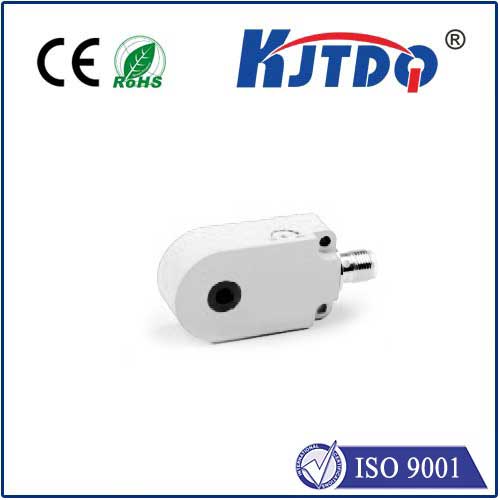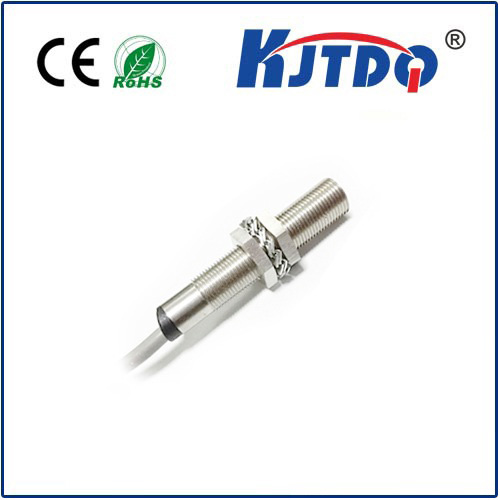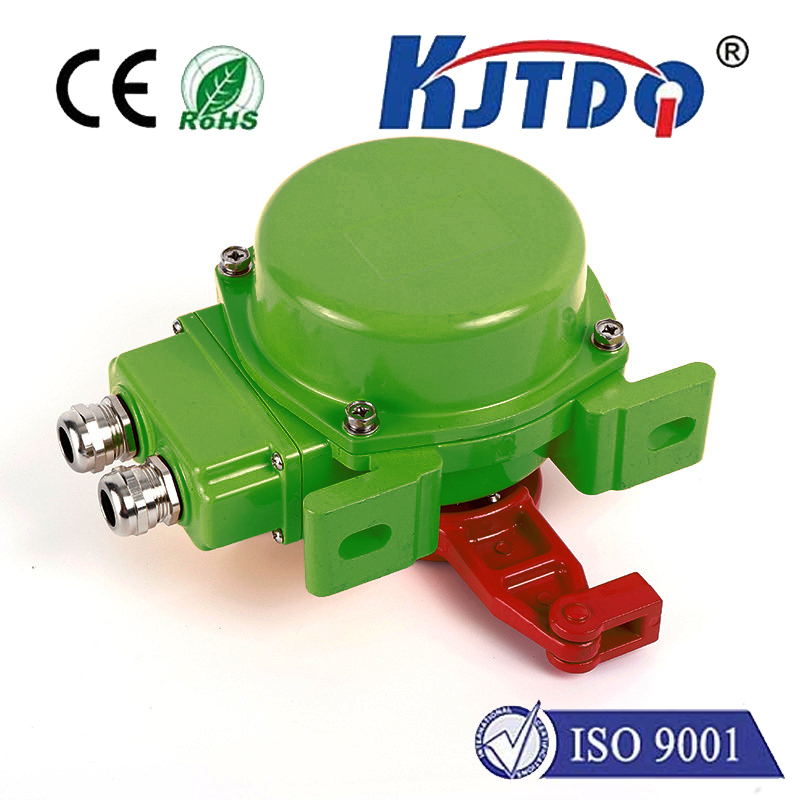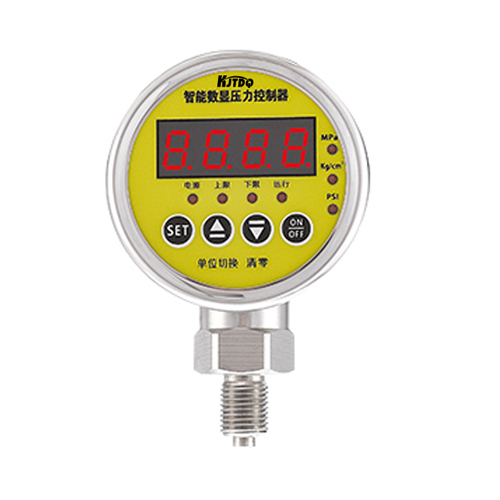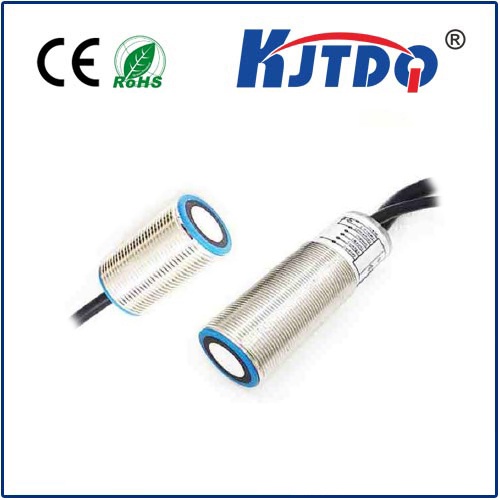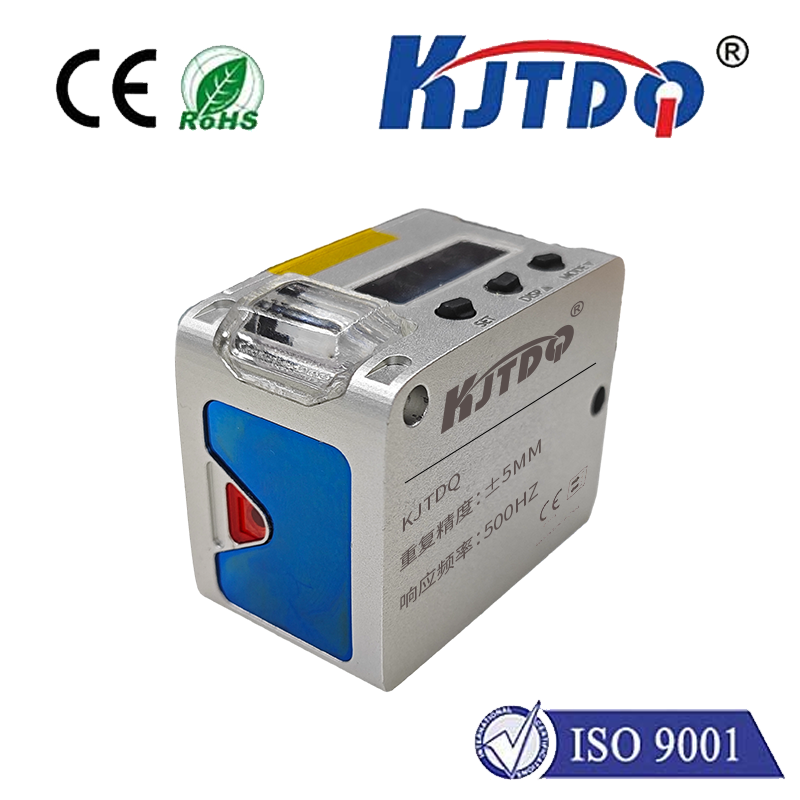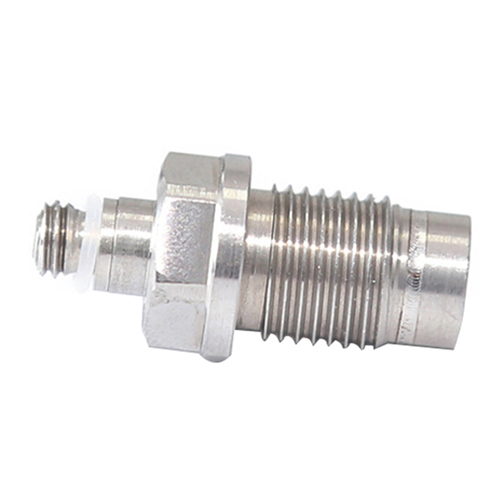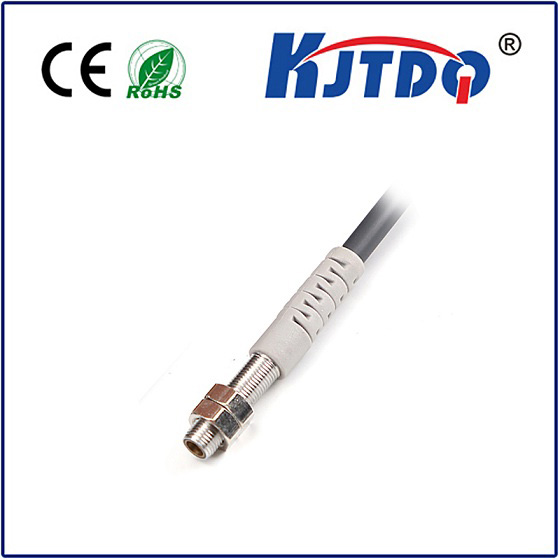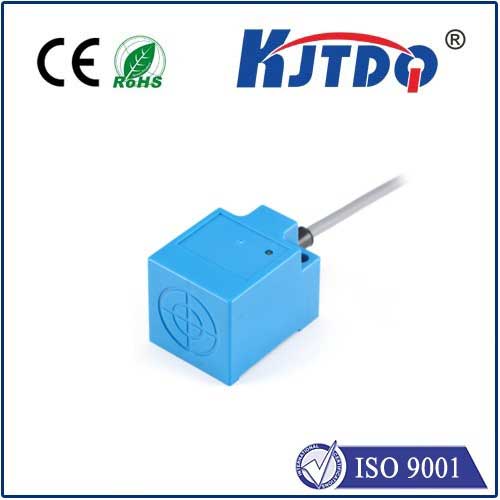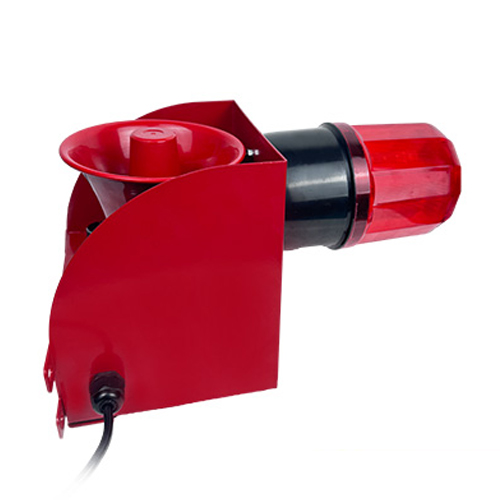BES01T7 high pressure proximity sensor
- time:2025-10-13 20:14:16
- Нажмите:0
BES01T7 High Pressure Proximity Sensor: Uncompromising Detection in Demanding Industrial Environments
Imagine a critical hydraulic press operating under immense pressure, or a metal forging line where precision alignment is paramount. Now imagine the catastrophic consequences of a sensor failing under those extreme conditions. Reliability isn’t just desirable in such harsh industrial settings; it’s non-negotiable. This is precisely where specialized components like the BES01T7 High Pressure Proximity Sensor prove their indispensable worth. Engineered explicitly to deliver unwavering performance where standard sensors falter, the BES01T7 stands as a sentinel for safety, efficiency, and process integrity under pressure – literally.
Understanding the Core Challenge: Proximity Sensing Under Pressure
Standard inductive proximity sensors are workhorses in automation, detecting metallic objects without physical contact. However, their Achilles’ heel often lies in environmental extremes, particularly sustained high pressure. Conventional sensor housings can deform or rupture. Seals may leak, allowing damaging media ingress. Internal electronics can become compromised, leading to inaccurate readings or complete failure. In applications involving hydraulics, die casting, plastic injection molding, or high-pressure fluid systems, this vulnerability translates directly to downtime, safety hazards, and costly repairs.
The BES01T7 Proximity Sensor addresses this challenge head-on. Its very design philosophy revolves around resilience in these punishing conditions. But what exactly makes it “high pressure capable”?
Decoding the BES01T7: Robustness by Design

At the heart of the BES01T7’s capability is its exceptional construction:
- Engineered Pressure Resistance: This sensor isn’t merely “sturdy”; it’s built to withstand specific, sustained high-pressure environments. Its housing is typically constructed from high-grade stainless steel (e.g., 1.4571/316Ti) known for excellent strength and corrosion resistance. Crucially, the design incorporates reinforced structures and specifically tested sealing systems. Its pressure rating is a defining feature – often reaching up to 500 bar or more, significantly outperforming standard sensors rated for atmospheric pressure or minimal overpressure. Always verify the exact pressure rating for your specific model variant and application.
- Exceptional Sealing Integrity: Preventing media ingress under high pressure is critical. The BES01T7 achieves this through high-performance seals (like FKM/Viton®) and meticulously engineered sealing geometries. This robust sealing is often validated by an outstanding IP68 or IP69K rating, ensuring protection against dust and high-pressure, high-temperature water jets – an indicator of its ability to handle challenging washdowns or fluid exposure.
- Reliable Inductive Sensing Principle: Utilizing a robust inductive sensing mechanism, the BES01T7 detects the presence of ferrous and non-ferrous metallic targets. Its sensing face is specifically designed to maintain sensitivity and stability even when the sensor body is subjected to external pressure loads. Key specifications include:
- Sensing Distance: Typically standardized (e.g., 1.5mm, 2mm, 4mm, 8mm - Sn), but potentially optimized for pressure resilience. Confirm the exact Sn value for your required model.
- Operating Voltage: Commonly available in wide-range DC versions (e.g., 10-30V DC) or specific AC voltages, providing flexibility.
- Output Configuration: Usually available as PNP Normally Open (NO) or NPN configurations to suit different control systems.
- Connection: M12 x 1 connectors with 4 pins are standard, offering a secure and reliable interface.
- High Mechanical Strength: Beyond pressure, the sensor body is designed to resist vibration and mechanical shock, common companions to high-pressure industrial processes. Its robust stainless-steel construction provides inherent durability.
Where the BES01T7 High Pressure Proximity Sensor Excels: Key Applications
This sensor isn’t a general-purpose component; it shines in specific, demanding niches:
- Hydraulic Systems: Monitoring cylinder positions, valve states, and component presence within high-pressure hydraulic circuits, where fluid pressures routinely exceed 200-300 bar or more. Failure here can cause uncontrolled machine movement or leakage.
- Die Casting Machines: Detecting mold closure, ejector positions, and safety gates under the extreme pressure and heat of molten metal injection.
- Plastic Injection Molding: Sensing mold movements and clamp positions, operating reliably amidst high clamping forces and potential exposure to hydraulic oil or lubricants under pressure.
- High-Pressure Pumps & Valves: Verifying valve stem positions or pump component status in chemical processing, oil & gas, or high-pressure water jetting systems.
- Presses & Stamping Equipment: Ensuring tooling alignment, part presence, and safety interlocks where immense tonnage creates high-pressure environments within the working area.
- Food & Beverage (High-Pressure Processing - HPP): In specialized HPP equipment using ultra-high pressure for pasteurization, sensors must reliably function within the pressure chamber environment.
The Tangible Benefits: Why Choose the BES01T7?
Selecting the BES01T7 Proximity Sensor translates directly to operational advantages:
- Enhanced Reliability & Uptime: Resistance to pressure-induced failure dramatically reduces unplanned downtime caused by sensor malfunction. Processes run smoother and longer.
- Increased Safety: Reliable detection in critical positions within high-pressure systems is fundamental to preventing accidents like unintended machine actuation or component ejection. The sensor’s robust build contributes to overall system safety integrity.
- Reduced Maintenance Costs: The durability and sealing integrity mean fewer sensor replacements and lower associated labor costs. Its stainless-steel construction and high IP rating also minimize corrosion and contamination issues.
- Process Integrity & Quality Assurance: Consistent, accurate position detection ensures processes execute correctly, leading to fewer defects and higher product quality.
- Long Service Life: Engineered for harsh conditions, the BES01T7 offers a significantly longer operational lifespan compared to standard sensors subjected to similar pressure extremes.
Integrating the Workhorse: Considerations
While robust, successful integration requires attention:
- Matching Specifications: Crucially, confirm the exact pressure rating (PS/PE), sensing distance (Sn), voltage, output type (PNP/NPN, NO/NC), and connection type for your specific model and application needs. Exceeding the rated pressure can lead to catastrophic failure.
- Mounting: Ensure correct and secure mounting using the designated threads or bracket. Avoid excessive bending forces on the cable or connector, especially near the housing entry point.
- Electrical Compatibility: Verify voltage supply and output signal compatibility with your PLC or control system. Correct wiring is essential.
- Environment: While highly resistant, confirm suitability for specific chemical exposures or extreme temperatures beyond pressure.
Conclusion: The Indispensable Sentinel for High-Pressure Operations
In the relentless world of heavy industry, where pressure isn’t just a concept but a constant physical force, standard components often fall short. The BES01T7 High Pressure Proximity Sensor is far more than just a sensor; it’s engineered resilience. Its stainless-steel body, exceptional pressure rating (often 500 bar), and IP68/IP69K sealing create a solution uniquely qualified to deliver reliable, non-contact detection where failure is not an option. By choosing the BES01T7 for hydraulic systems, die casting, injection molding, and similar high-pressure applications, engineers gain a critical advantage: unwavering operational integrity, enhanced safety, reduced downtime, and ultimately, a more robust and profitable production line. It represents an investment in certainty for the most demanding detection tasks.

